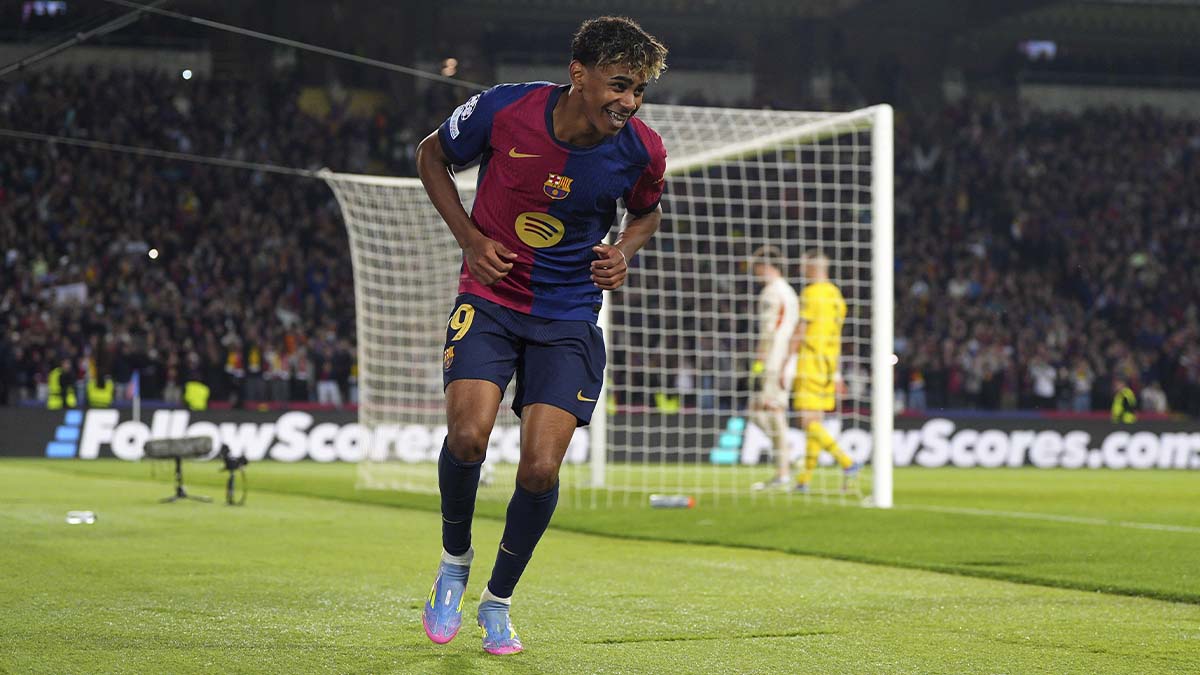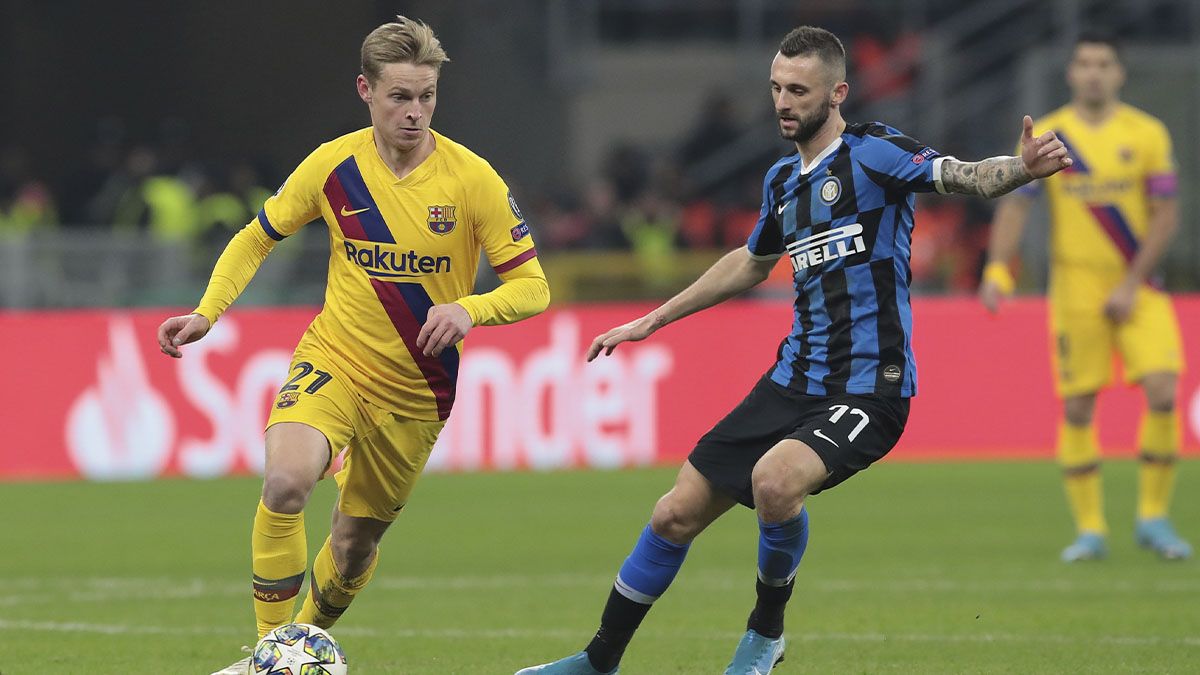
LAMINE YAMAL
Lamine Yamal revolutionizes football: CIES declares him the best of his generation!
Published:22/04/2025 - 03:16h
Updated:22/04/2025 - 03:20h
Lamine Yamal: CIES analysis and records of the Barça 'crack'. Read the full note here!
The CIES (International Centre for Sports Studies) Football Observatory recently compiled a ranking of the most experienced players in the world born in 2001 or later. In the case of Lamine Yamal (2007), the FC Barcelona winger is the best of his generation, with a total of 117 matches in senior competition.
The Mataró native averages 59.7 matches per year since his debut, surpassing his teammate at Barça, Pau Cubarsí (59.0) and the Paris Saint-Germain midfielder, Joao Neves (55.0), the best of the players born in 2004.
Along with Lamine and Neves, the best footballers under 21 are Jason Knight (2001, Bristol City), Josko Gvardiol (2002, Manchester City), Jude Bellingham (2003, Real Madrid), Malick Fofana (2005, Lyon) and Jorrel Hato (2006, Ajax).
Lamine Yamal: Market value and dominance according to CIES
In terms of total matches played, the ranking is led by Rodrygo Goes, with a total of 308 matches. He is followed by Eduardo Camavinga (317, Real Madrid), Bellingham (308) and Angelo Gabriel (185, Al Nassr).
Further back are former Barça player Vitor Roque (155, Palmeiras), Endrick Felipe (2006, 133) and Lamine Yamal (117). Similarly, the Barça youth player is the most valuable U-21 player on the planet according to CIES, with a value of 180.9 million euros.
He is followed by Alejandro Garnacho (Manchester United), with an estimated value of 114.8 million euros, Warren Zaïre-Emery (PSG), who is valued at around 109 'kilos' and Sávio Moreira (Manchester City), valued at 100 million.

Lamine Yamal's records in the CIES rankings
- Seventh player born in 2001 or later with the most senior appearances (117).
- Young player with the best average of matches per year (59.7).
- Most valuable young player in the world (180.9 million euros).
CIES Rankings: Methodology and evaluation criteria
The institute, based in Switzerland, is renowned for its statistical analyses in football, including player rankings based on metrics such as performance, transfer value and accumulated experience.
As for the ranking of the best young players in the world, CIES regularly publishes reports highlighting promising footballers, generally under 21 years of age (U21) or 20 years of age (U20).
To this end, it evaluates factors such as minutes played, competitive level of matches, results obtained and specific statistics in different facets of the game (reception, chance creation, finishing, among other indicators).
What are the evaluation criteria for the CIES young player rankings?
- Minutes played: Minutes in official matches during a period (usually the last 365 days) are considered.
- Competitive level: Matches in elite leagues (such as the five major European leagues) carry more weight.
- Statistical performance: Metrics such as chance creation, goals, assists, infiltration (ability to break defensive lines), and other key indicators (KPIs) are analysed.
- Age: Rankings usually focus on players born after a specific date (e.g. 2003 or 2005), depending on the report.
- Transfer value: In some cases, CIES estimates the economic value of players based on their performance and projection.
CIES uses its own statistical model, developed by experts such as Raffaele Poli, Loïc Ravenel and Roger Bessonprint, which combines quantitative data (minutes, goals, assists) and qualitative data (level of competition, impact on the team).
The reports also divide players by position (goalkeepers, defenders, midfielders, forwards) and evaluate up to eight facets of the game. For experience rankings, an "experience capital" is calculated based on minutes played and results.
Latest precedents

- In 2023, Gavi led the ranking of the 200 most promising U20 players, surpassing Bellingham and Marcos Leonardo (Santos).
- In 2021, players such as Arón Sánchez (Cantolao, Peru) were among the promises born in 2003.
- In 2020, CIES highlighted players born from 2000 onwards in the five major leagues, with names such as Ansu Fati and Pedri beginning to stand out.
Although the rankings are based on data, the weighting of certain factors (such as competitive level) may favour players from stronger leagues, leaving out talents from minor competitions.
Similarly, statistics do not always reflect a player's real impact on the pitch or their long-term potential. Also, rankings can vary significantly from one semester to another due to injuries, transfers or changes in performance.




